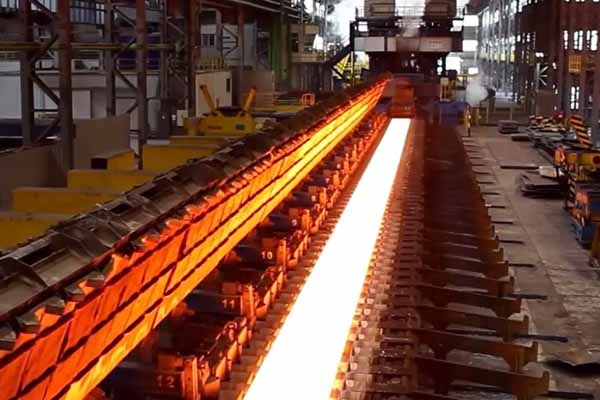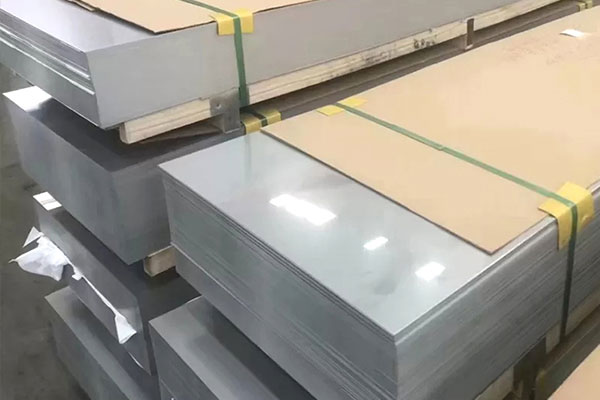In chemical, energy, and marine engineering fields, materials face complex and diverse corrosive environments. Selecting the appropriate nickel alloy is crucial for equipment lifespan and safety. Nickel alloys, due to their excellent corrosion resistance, high strength, and good high-temperature performance, have become the preferred material for many harsh environments. However, different corrosive environments (such as acidic, alkaline, high-temperature oxidation, and chloride ion stress corrosion) have varying requirements for alloy composition; therefore, precise material selection must be based on the specific corrosive medium and operating conditions.
1. Acidic Environments (e.g., sulfuric acid, hydrochloric acid, phosphoric acid)
In sulfuric acid (H₂SO₄) environments, the choice of nickel alloy depends on the sulfuric acid concentration and temperature. C-276 (Hastelloy) and C-22, due to their high proportions of molybdenum (Mo) and chromium (Cr), exhibit excellent corrosion resistance to low to medium concentrations of sulfuric acid (especially at medium temperatures). For high-temperature concentrated sulfuric acid, high-silicon nickel alloys (such as NS411) or titanium alloys may be more suitable.
In hydrochloric acid (HCl) environments, most nickel alloys exhibit poor corrosion resistance. However, Hastelloy B-3, due to its high molybdenum and tungsten (W) content, demonstrates excellent resistance to reducing hydrochloric acid, particularly at low temperatures.
In phosphoric acid (H₃PO₄) environments, C-286 or Incoloy 825 are typically chosen, as they are stable in low to medium concentrations of phosphoric acid containing impurities.
2. Alkaline environments (e.g., sodium hydroxide, ammonia)
In high-temperature, high-concentration sodium hydroxide (NaOH) environments, pure nickel (e.g., Nickel 200/201) and Monel 400 (Ni-Cu alloy) perform well, especially Nickel 201, which exhibits excellent corrosion resistance in boiling concentrated alkaline solutions.
For alkaline environments containing ammonia (NH₃), Inconel 600 and Incoloy 800, due to their high nickel and chromium content, are effectively resistant to ammonia corrosion and stress corrosion cracking (SCC).
3. Chloride Environments (Pit Corrosion, Crevice Corrosion, Stress Corrosion)
Chloride ions (Cl⁻) are the main cause of pitting corrosion and stress corrosion cracking (SCC) in nickel alloys. In chloride-containing freshwater or seawater, Inconel 625 and Hastelloy C-276, due to their high molybdenum and nitrogen (N) content, are effectively resistant to pitting and crevice corrosion. For high-temperature, high-pressure, chlorine-containing environments (such as condensers and seawater desalination equipment), titanium alloys (such as Gr.1/Gr.2) or super austenitic stainless steels (such as AL-6XN) may be alternatives, but nickel alloy C-2000, due to its copper (Cu) and molybdenum content, offers broader resistance to various corrosive media, including chloride ions.
4. High-Temperature Oxidizing and Sulfidation Environments
In high-temperature oxidizing environments (such as coal-fired power plants and incinerators), Inconel 600 and Incoloy 800H, due to their high chromium (Cr) content, can form a stable chromium oxide (Cr₂O₃) protective film at 800–1100°C, resisting the corrosion of sulfur (S) and oxygen (O). In acidic, high-temperature environments containing hydrogen sulfide (H₂S) (such as petroleum refining), Hastelloy C-276 and Inconel 625 are commonly used in heat exchangers and piping systems due to their excellent resistance to sulfidation and high-temperature corrosion.
 English
English Русский
Русский







